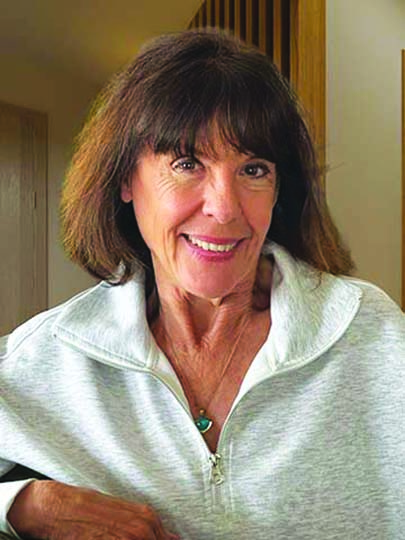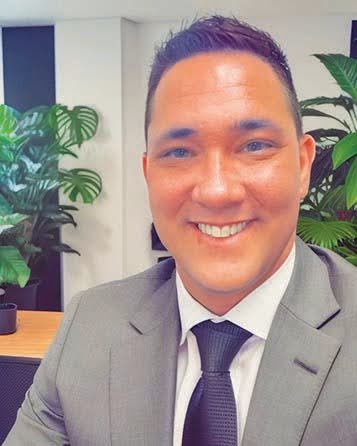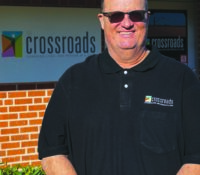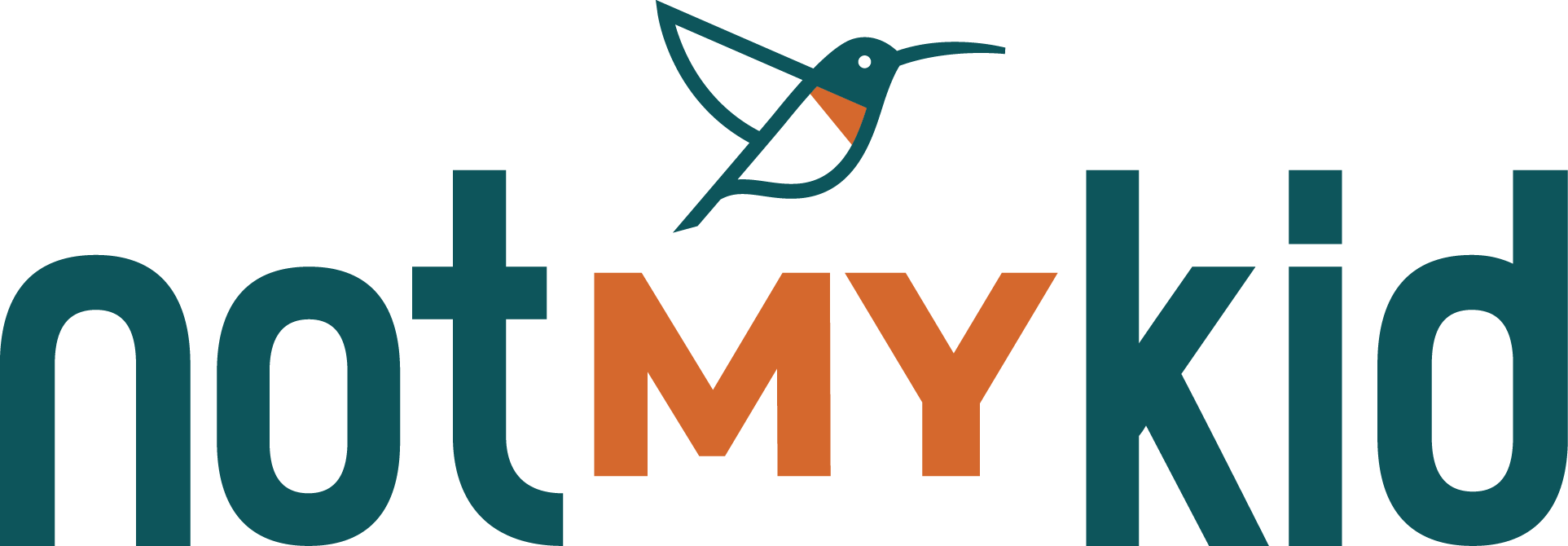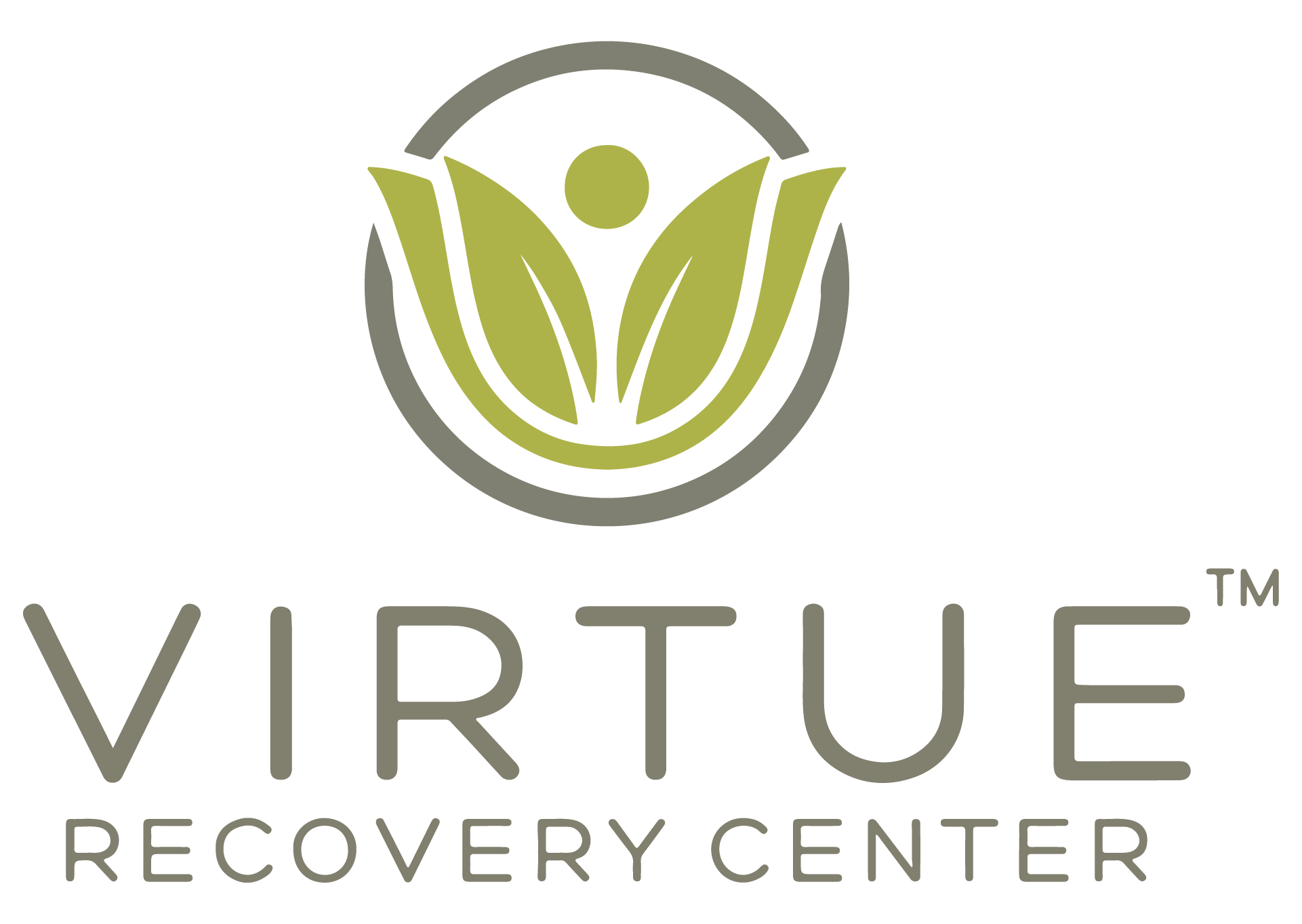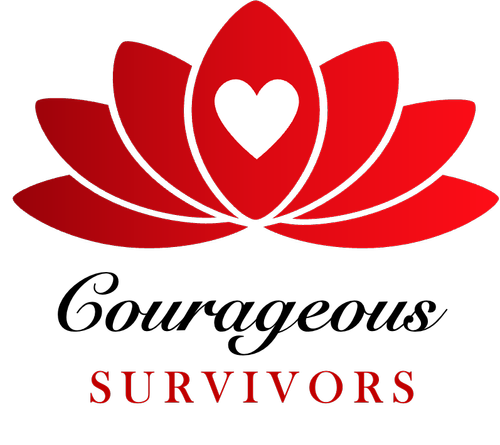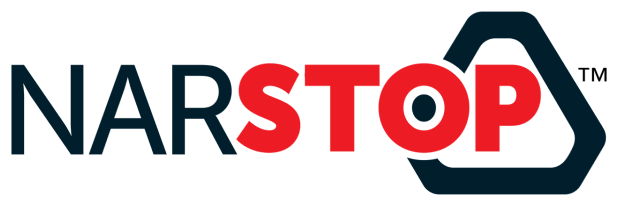Driven to Distraction
It’s time to acknowledge the cost and consequences of alcohol misuse and addiction
By Libby Timmons, MEd, LISAC, CEAP, SAP
Excessive alcohol use in 2021 cost 249 billion dollars. Excessive alcohol use is defined as heavy drinking — 15 or more drinks a week for men and — 8 or more drinks for women. Binge drinking is defined as 4 drinks at one sitting for women and 5 for men. The sources for this information include: SAMHSA.gov; niaa.nih.gov; cdc.gov.
This article is not meant to discount the opioid, fentanyl crisis, yet alcohol misuse and addiction is also taking lives and harming families.
The Alcohol-Related Disease Impact application estimates that each year there are more than 178,000 deaths (488 per day) (approximately 120,000 male deaths and 59,000 female deaths) attributable to excessive alcohol use, making alcohol one of the leading preventable causes of death in the United States, behind tobacco, poor diet and physical inactivity, and illegal drugs. ( niaa.nih.gov).
Estimates suggest that alcohol played a role in at least 7.1% of emergency department visits.
The Costs
As a substance abuse counselor, and employee assistance professional, I see the emotional, financial, physical, and spiritual cost of alcohol misuse. Many times, I see employees referred to my office because they tested positive on work related drug screens. When I dig into their activities, I estimate that 98% of these situations the person was drinking alcohol prior to making the decision to use drugs. This decision often leads to the person being terminated from their job.
An analysis of death certificates from 2019 and 2020 showed deaths involving alcohol rose from approximately 79,000 to over 99,000, a 25.5% increase. (niaa.nih.gov). Among people who die by suicide, alcohol use is the second most common disorder and involved in roughly 1 in 4 deaths by suicide.
Approximately 10.5% (7.5 million) of US children ages 17 and younger live with a parent who has alcohol use disorder. (SAMHSA 2017).
The Positive Side — More Treatment Options
I started in the addiction field in 1983. There were limited treatment options. The only medication option was Antabuse. The positive side was there were fewer distraction such as other drug use, mental health challenges were not seen in the same manner and the most often recommended recovery tool was keep it simple- don’t drink, go to AA meetings, follow what your sponsor says, work the steps and keep your side of the street clean. Today all those tools still exist and now we know how anxiety, depression and other mental health situations often contribute to relapse.
We now know the effects on the families and have resources to support the families. The addiction field has been able to embrace medications that help with cravings. Research shows that recovery tools such as yoga and other wellness activities can enhance emotional sobriety.
For those folks who struggle with Alcoholics Anonymous there are other programs such as SMART, Refuge Recovery, Celebrate Recovery, and many more options.
There is hope. Recovery is possible.
All it takes is for the person struggling with addiction is to be
Honest Open and Willing
Libby Timmons is co-founder of Thrive with Chaos and is based in Tucson.

